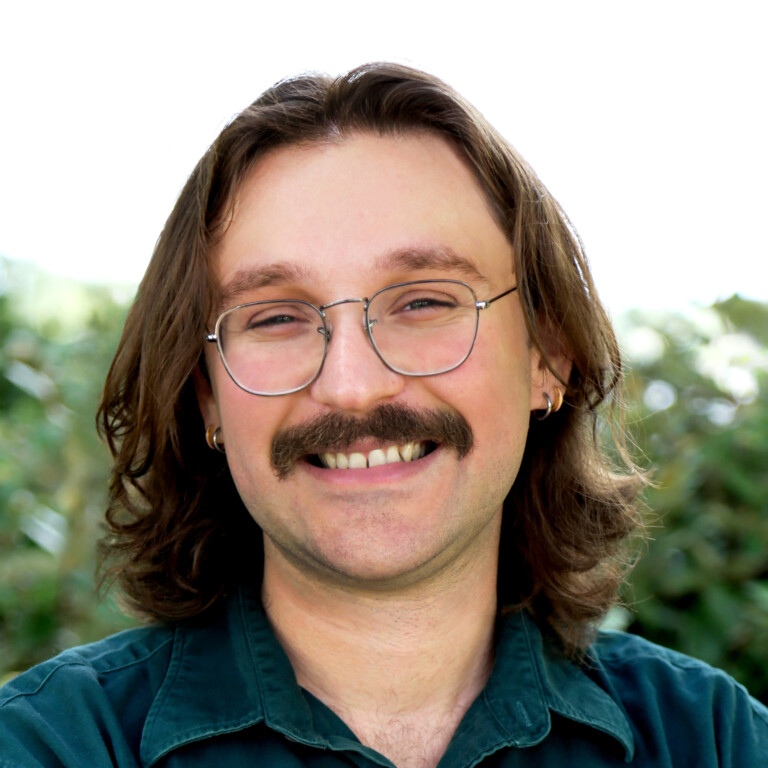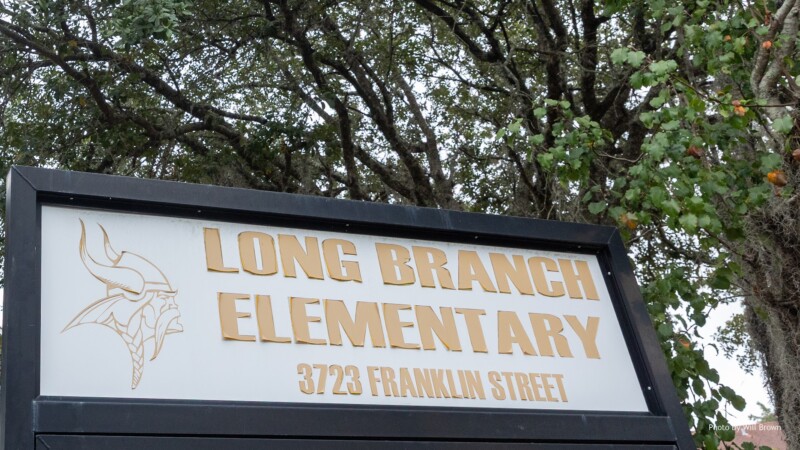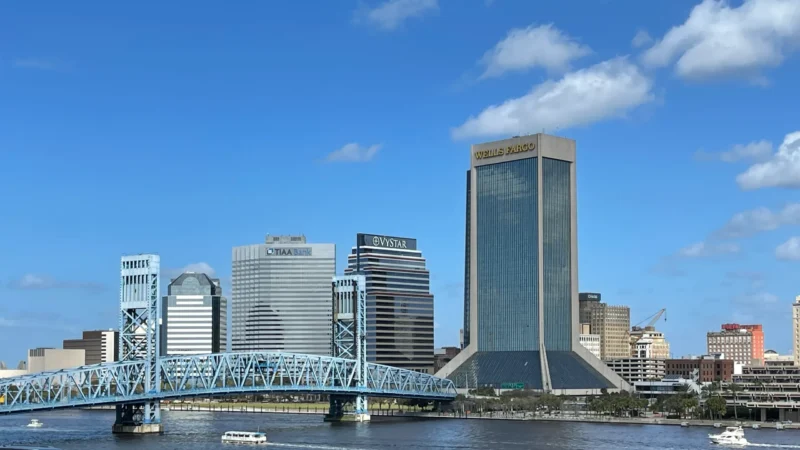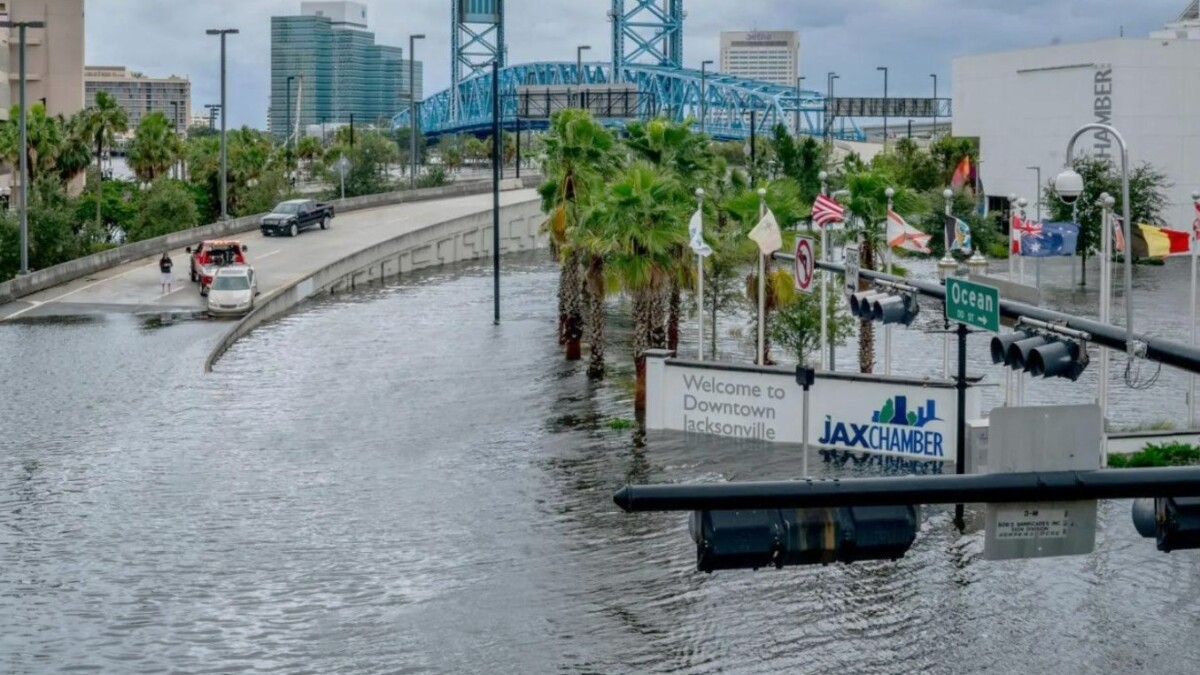The St. Augustine-based Matanzas Riverkeeper, a local nonprofit organization, is throwing its weight behind a national effort to add a reptile found along the Atlantic and Gulf Coast to the endangered species list.
The diamondback terrapin is a small, spotted turtle found in freshwater and brackish waters around Florida, including in Northeast Florida’s estuaries and swamps. They’re small, with the biggest of the species typically smaller than 1 foot long.
The Arizona-based Center for Biological Diversity along with 20 other organizations want something done to protect the terrapin.
According to the Center for Biological Diversity, the terrapin’s population has declined by 75% in the last 50 years.
“There are two main drivers to the population decline for the diamondback terrapin,” says Jen Lomber, Matanzas Riverkeeper executive director. “Habitat loss due to development and sea level rise and crab traps.”
Crab traps are especially dangerous to the creatures, she says, because the reptile can become stuck in the traps, unable to surface for air. On top of that, the Center for Biological Diversity projects that 60% of the species’ coastal marsh habitat will be gone in the next 75 years.
With that in mind, The Matanzas Riverkeeper, the Sierra Club and the American Littoral Society are among 20 organizations joining the Center for Biological Diversity in its call to the federal government to speed up the process and acknowledge the need to protect the diamondback terrapin.
Lomberk thought it was important that her organization join the petition. After all, the diamondback terrapin lives right in her backyard and plays an important role in Northeast Florida’s ecosystem.
While the terrapins aren’t more elusive than other types of turtles, the speckled creature feasts on marsh snails that can overeat grasses in their habitat.
“By eating the snails, diamondback terrapins keep that population in check so that the marsh grasses can thrive,” Lomberk says. “They are charismatic, but they are also a very important part of our ecosystem.”







